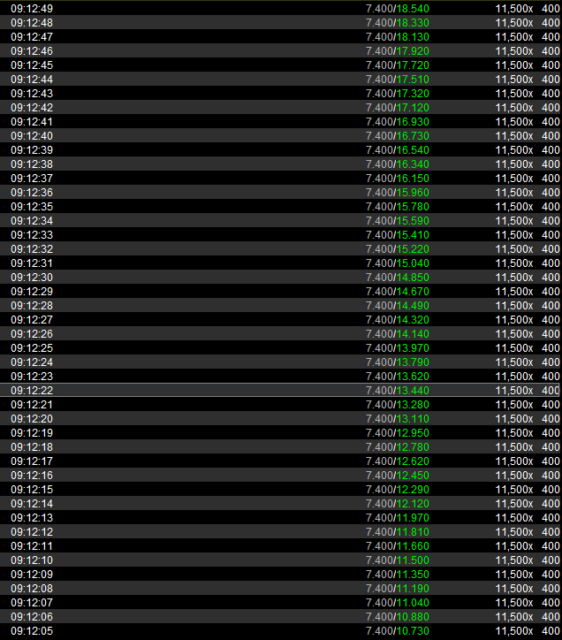This is a rambling post with thoughts and no coherency.
Amazon and Whole Foods are two companies are at a larger market capitalization than what I normally would research, but I do take interest in the business strategies involved.
Here in Canada, there have been two retail developments in the larger player space over the past decade – the collapse of Target’s entry (despite a few billion in capital invested in the venture), and the merger of Loblaws and Shopper’s Drug Mart. The consolidation of Shopper’s Drug Mart has been more successful for Loblaws than I originally thought it would be. The collapse of Sears Canada was inevitable and I generally do not consider this significant other than another multi-decade titan fading into dust. Walmart Canada and Costco appear to be untouched at present. Amazon’s presence in Canada is still considerably limited and this is likely due to a function of geography and scale (most of the stuff gets shipped out from the Greater Toronto region).
I do notice that Loblaws (via Superstore) is trying to get into the digital presence – they do have parking stalls that are reserved for online ordering pickup and I am fascinated to see how that process works out (I have not used their service).
So I am asking myself what Amazon is trying to do with the Whole Foods merger and I think it is a reasonable gamble on their part. First, the chain itself is profitable and although their margins have compressed like a typical grocery store chain (it is a miserable industry to compete in), they do have excellent mind-share and geographical presence in upper-scale urban areas.
Amazon is trying to expand its retail physical presence and one area where they do not compete in currently is food – the question is whether they are trying to invade this space (i.e. going after Costco directly) or whether they are using it as a shipping hub (which in this case, they paid a lot of money for what are effectively large-scale post office boxes). I also do not believe that remaining in the premium food space is going to continue to be economically viable since the proliferation of other chains (e.g. Market of Choice, Metropolitan Market, to use a couple West Coast analogies, but even a franchise such as Trader Joes should be quivering at Amazon right now) is continuing to cut away at Whole Foods’ dominance. Using this analysis, Whole Foods’ decision to sell out was probably a good one for their shareholders, but the strategic benefits to Amazon still remain at the “reasonable gamble” stage. It must be nice to be able to throw US$13 billion in pocket change (they have $21 billion in cash and equivalents on their balance sheet as of March 31, 2017) at something and see if it sticks.
In terms of how this will impact Canada, it will not be clear until we see what happens in the USA – in Vancouver, there are five Whole Foods stores (and a couple of them were purchased from a company that marketed the stores as “Capers” which started quite some time ago).
So the questions here:
1. Is Amazon trying to augment its food offerings online (which generally have been lacklustre and expensive?)
2. Is Amazon trying to use Whole Foods as a moderate geographical footprint in major urban centres? What is the benefit of having more geographical pick-up locations instead of at-home delivery?
3. Is Amazon just bored and looking to invade another market where they are not dabbling in as one huge experiment? They tried this before with the Amazon Fire phones – RIP (and this also was the final nail in the coffin for Blackberry’s BB10 operating system, which I am still lamenting over since it is soooooo much better than Android).
All things considered, I still don’t think Costco has anything to worry about, but definitely this market space is getting quite cozy.
No positions in any of these stocks. Amazon does look like, however, it will need to raise another 15 billion in debt financing, which they should have no trouble doing.
